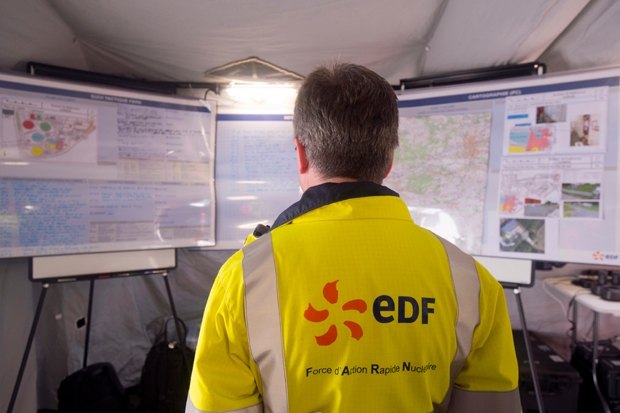Amid all the turmoil in global energy markets, we should not lose sight of the UK power programme that we’re praying will keep our lights on a decade hence: it is, as you know, a hobbyhorse of mine. So how’s it going down at Hinkley Point in Somerset? My man with big binoculars in the Bridgwater Bay nature reserve tells me he’s seeing plenty of lorry movements on the nuclear site, but signals from EDF of France — which has a two-thirds interest in this £18 billion project, alongside Chinese investors — are very worrying.
Having already spent £2 billion, the French state utility has deferred until at least the middle of this month a final commitment that was expected last week. Under pressure from unions and minority shareholders, and battered by falling wholesale electricity prices as well as endless delays and problems on its own nuclear new-build at Flamanville near Cherbourg, EDF is evidently begging for more support from its own government before committing such massive resources to solve a problem for ours.
EDF boss Vincent de Rivaz once promised we would be cooking our Christmas turkeys on new nuclear power by 2017; that was before he realised the utter spinelessness of UK energy policy under all recent governments. Analysts still expect EDF to go ahead, but the plant that should provide up to 7 per cent of future UK electricity needs can’t possibly come on stream before 2025. And the travails of Hinkley are reported to have ‘spooked’ Hitachi of Japan, which is in negotiations for another nuclear station at Wylfa Newydd in Anglesey.
Meanwhile, the Institute of Mechanical Engineers has issued a report that reads like an expanded version of my previous column items on this topic. Given decommissioning of all coal-fired stations and most existing nuclear reactors, it argues, the UK does not have the time or resources to build sufficient new capacity to plug what could be ‘a 40–55 per cent electricity supply gap’ by 2025.









Comments
Join the debate for just £1 a month
Be part of the conversation with other Spectator readers by getting your first three months for £3.
UNLOCK ACCESS Just £1 a monthAlready a subscriber? Log in